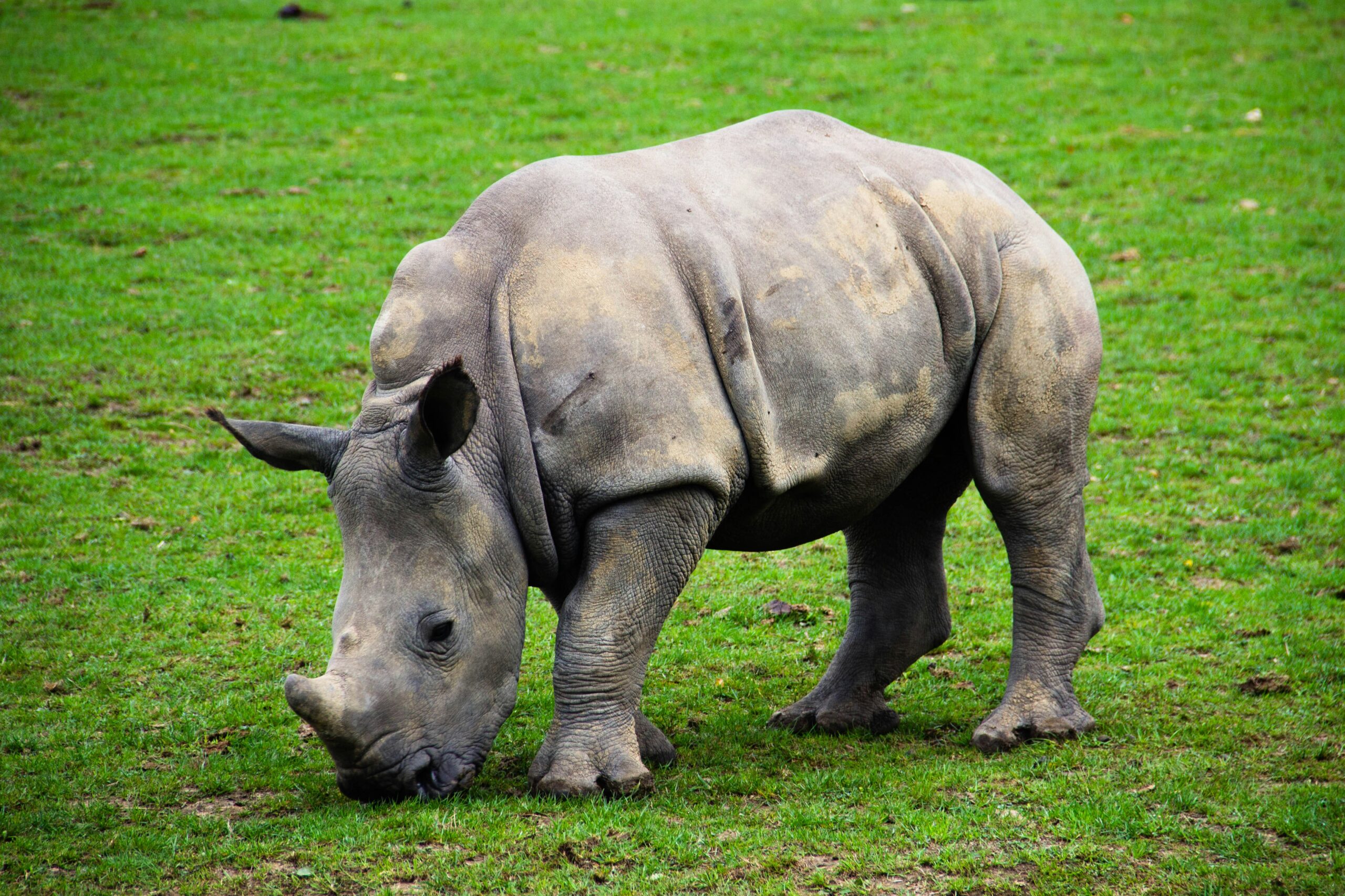The ivory trade has long been synonymous with exploitation, cruelty, and environmental devastation. While the ethical and moral implications of ivory trafficking are widely acknowledged, its detrimental effects on the environment often receive less attention. However, the trade of ivory exacts a heavy toll on ecosystems, biodiversity, and the delicate balance of nature. In this article, we delve into the multifaceted environmental impacts of the ivory trade and explore why urgent action is needed to combat this destructive industry.
- Threat to Elephant Populations:
- Elephants, primarily found in Africa and Asia, are iconic keystone species that play a crucial role in maintaining the biodiversity of their habitats.
- The demand for ivory fuels poaching, leading to a significant decline in elephant populations. According to the World Wildlife Fund (WWF), approximately 20,000 elephants are killed each year for their tusks.
- Declines in elephant populations disrupt ecosystems, as elephants are key seed dispersers and maintain the structure of vegetation through their browsing and grazing behaviors. Their absence can result in cascading effects, altering plant composition and reducing habitat suitability for other species.
- Disruption of Ecosystem Dynamics:
- The loss of elephants due to poaching disrupts ecosystem dynamics, leading to imbalances that reverberate throughout entire landscapes.
- Elephants create and maintain pathways, known as elephant trails, which facilitate the movement of other wildlife. Without elephants, these pathways may become overgrown, hindering the mobility of animals and impeding their access to resources.
- Additionally, the absence of elephants can lead to overpopulation of certain plant species, as their browsing activities help regulate plant growth. This imbalance can negatively impact the diversity and structure of plant communities, altering habitats and reducing food availability for herbivores.
- Impact on Biodiversity:
- Elephants are ecosystem engineers, shaping their habitats in ways that benefit a wide array of species. Their presence enhances biodiversity by creating diverse habitats that support numerous plant and animal species.
- As elephant populations decline, the loss of these ecosystem engineers can have far-reaching consequences for biodiversity. Species that rely on elephants for habitat modification, such as certain birds and insects, may experience population declines or local extinctions.
- Furthermore, the loss of large herbivores like elephants can disrupt predator-prey dynamics, potentially leading to population declines in carnivores that depend on them for food.
- Habitat Degradation:
- The ivory trade not only directly impacts elephants but also contributes to habitat degradation and fragmentation.
- Poachers often penetrate remote wilderness areas to hunt elephants, resulting in habitat disturbance and destruction. This can lead to habitat fragmentation, isolating populations and reducing genetic diversity.
- Moreover, the influx of poachers and illegal traders can exacerbate other environmental threats, such as deforestation, wildfires, and illegal mining, further degrading ecosystems and jeopardizing the survival of countless species.
The ivory trade represents a grave threat to both elephants and the environment as a whole. By driving poaching, habitat destruction, and ecosystem disruption, this illicit trade undermines conservation efforts and jeopardizes the ecological integrity of some of the world’s most biodiverse regions. To mitigate these impacts, concerted efforts are needed to combat poaching, strengthen law enforcement, and address the root causes driving demand for ivory. Only through collaborative action can we hope to protect elephants and preserve the invaluable ecosystems they inhabit.

